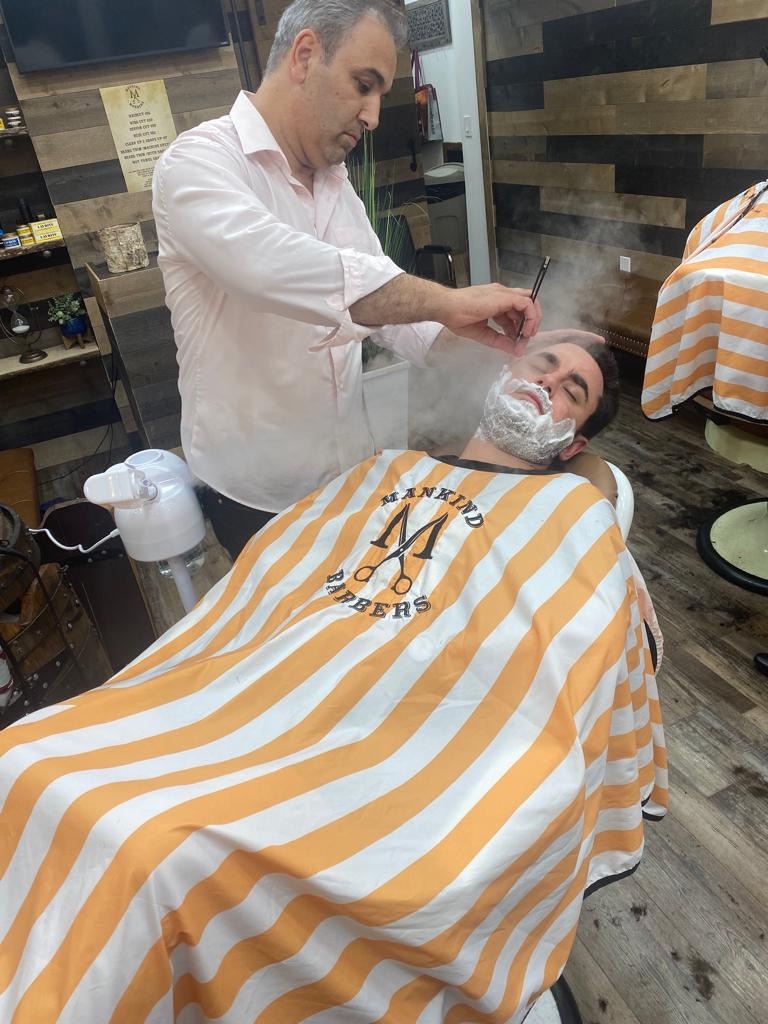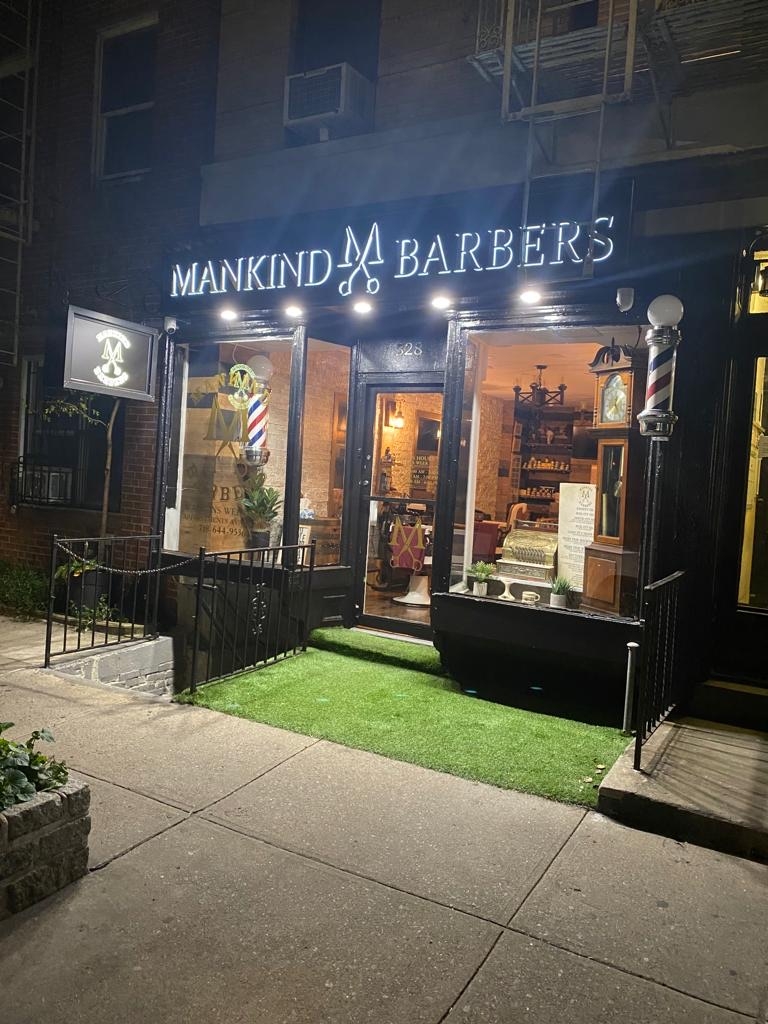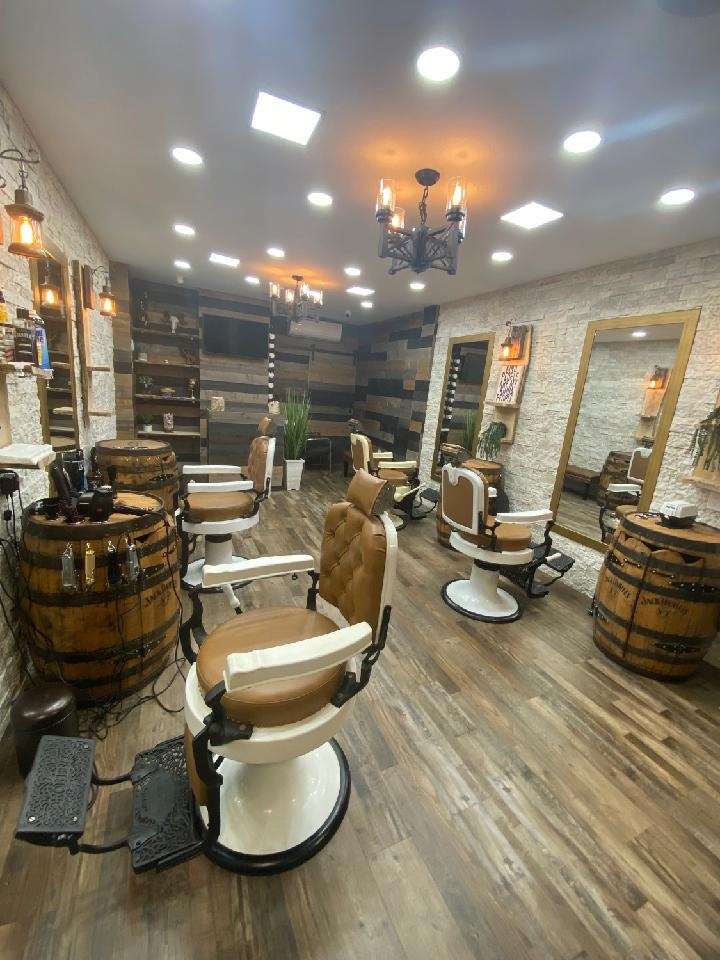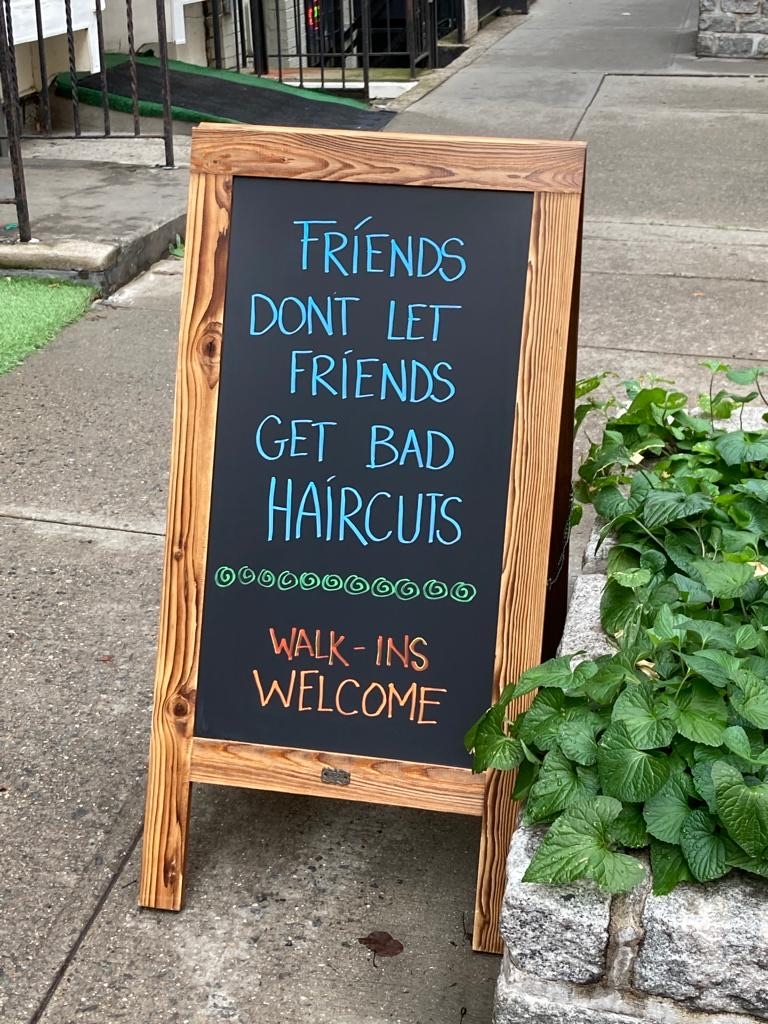Beard Trimming Techniques
How often should one trim their beard to maintain a neat appearance?
To maintain a neat appearance, it is recommended to trim one's beard at least once a week. This frequency helps to keep the beard looking tidy and well-groomed, preventing any stray hairs from becoming unruly and maintaining a clean overall look.



